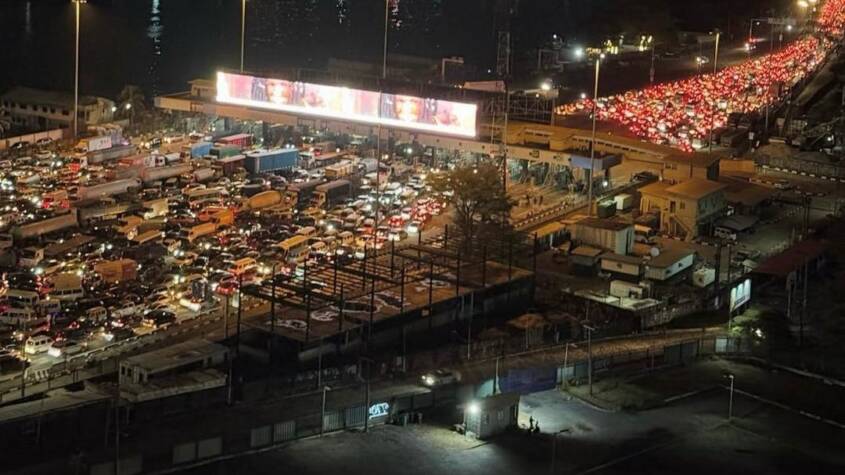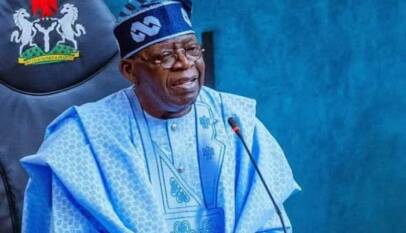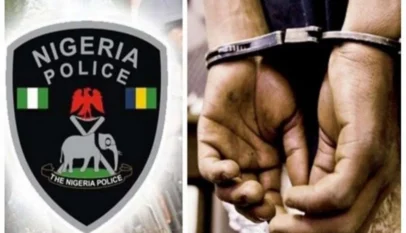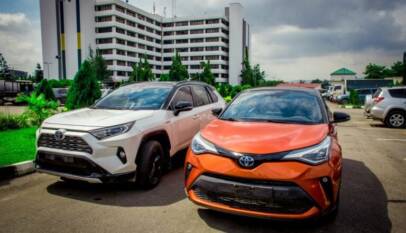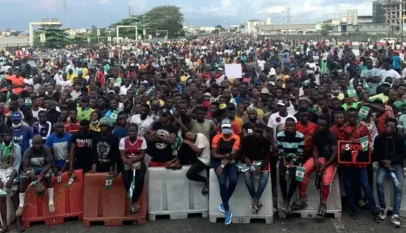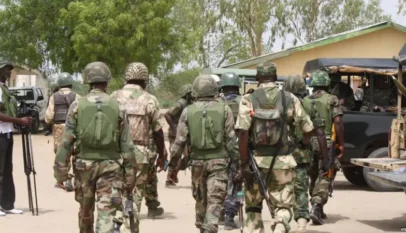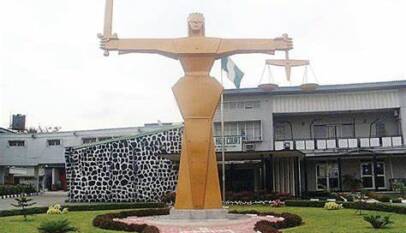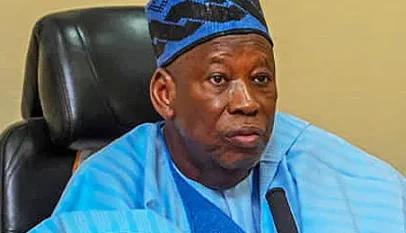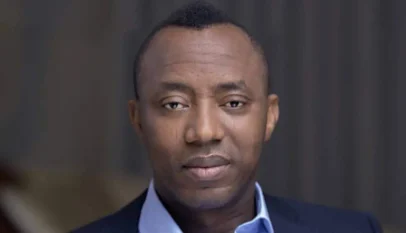By Oghenekevwe Kofi
Dateline April 2 2025, Lagos, Nigeria’s bustling economic capital, was thrown into chaos as an unexpected event brought the city to a standstill. The sudden closure of the Independence Bridge, one of the most crucial routes linking Victoria Island to Lagos Island, triggered one of the worst traffic gridlocks the city has ever experienced. This bridge, which serves as a major artery for thousands of daily commuters, was closed for urgent repairs.
The Federal Ministry of Works announced that the closure was scheduled to last until the end of May. However, the closure was implemented without adequate alternative routes or a clear traffic management strategy, causing severe disruptions throughout Lagos.
By early morning, the usual flow of traffic in the city had already begun to grind to a halt. Major roads that lead to the bridge, including Ahmadu Bello Way, Bonny Camp, and Eko Bridge, were completely clogged, with vehicles unable to move for hours. Commuters, who had not been warned of the full extent of the closure, were left stranded in the city’s infamous traffic. As expected, the situation only worsened as the day went on.
Social media became the primary platform for Lagosians to vent. Many shared real-time updates of their travel struggles. One user tweeted, “I have been stuck in traffic for three hours and haven’t moved an inch. Lagos is officially a nightmare today!” Another expressed their despair, “I left my house at 6 AM for a 9 AM meeting on the Island, and I’m still in traffic at noon. This is hell!” These comments reflected the deep frustration felt by commuters who were unable to get to their destinations in a reasonable time.
The situation didn’t improve as the day wore on. Dele Olawanle (@dolawanle) tweeted, “I’ve been in traffic on Admiralty Way, Lekki, since 4 p.m. for a 10.50 p.m. flight, and we were at a standstill for 5 hours. Guess what, I missed the flight. Leaving home for six hours may not be enough if you don’t want to miss your flight. Were you in the area?”

Similarly, another commuter, @damilolalice, shared, “This has to be the worst traffic in the history of Lagos. Been stuck since 5:00 PM, all the way from MARUWA LEKKI. It’s 11:26 PM, and I’m only at CIVIC CENTER.” Another tweet from @juddywizard highlighted the severity of the situation: “This Lagos traffic is one of the craziest I have seen in years. It wasn’t even this bad when they closed the Third Mainland Bridge. People left their offices at 5 PM and are still stuck past 1 AM in Ikoyi.”
While the bridge closure was the main reason for the traffic disaster, it wasn’t the only contributing factor. Many drivers, frustrated by the congestion, made matters worse by driving against traffic on one-way streets. This reckless behavior caused additional blockages, slowing the flow of traffic even more. It wasn’t just the lack of alternative routes; the blatant disregard for traffic laws by several road users was a key part of the reason for the gridlock. The act of driving against traffic, known as “one-way driving,” not only created even more bottlenecks but also made it nearly impossible for emergency vehicles to pass. Such behavior reflects a larger issue of indiscipline on the roads, which must be addressed to prevent further incidents like this one.
As frustration built throughout the day, the reality of the city’s traffic problem became clearer. With no immediate solution to the chaos, many residents found themselves stuck for hours with no way out. The economic and social cost of the gridlock was immense. Many businesses reported significant drops in productivity, as employees were either unable to reach their offices or arrived hours late. Similarly, the delays severely impacted delivery services, with drivers reporting longer hours spent stuck in traffic, affecting their earnings.
The transportation problems weren’t just inconveniences; they also became a matter of life and death. Medical emergencies were delayed as ambulances struggled to navigate through the massive congestion. A Lagos-based doctor took to Twitter to express the concern: “We had a critical patient who needed urgent care, but we lost precious time due to the gridlock. This is unacceptable. It’s a disaster waiting to happen if something isn’t done.”
The delays faced by emergency services serve as a harsh reminder of how badly the city’s traffic issues need to be addressed.
It was only after the close of work and hours of continued gridlock that the Federal Government decided to take action. Minister of Works, Dave Umahi, ordered the immediate reopening of the Independence Bridge, recognizing the worsening situation.
In a phone call with journalists, Mrs. Olukorede Kesha, the Federal Controller of Works in Lagos, confirmed the order. She explained that her team had already started working on repairing the damaged parts of the bridge. However, she was unsure if the bridge would be usable the following day, but assured that the team was working overnight to fix it.
She stated, “Yes, that is true. The minister has directed me to open the bridge. But we are still unsure if it will be open tomorrow. We are working overnight to try to ease the situation. The destruction has gone a bit far, but we are doing everything we can.”
The economic fallout from the traffic chaos was substantial. As previously mentioned, many businesses suffered, and workers lost precious hours of productivity. Ride-hailing drivers also faced significant income loss due to longer wait times and fewer trips made during the day. Delivery services were delayed, and some were unable to fulfill their orders. In a city where business runs on time, these delays have major consequences.
The events of April 2, 2025, have once again highlighted the importance of having effective urban planning and traffic management strategies in place. Lagos, with its rapidly growing population, needs a more efficient approach to handling its infrastructure needs. Experts suggest that road repairs should be carried out in phases to minimize disruptions and that alternative routes should be prepared in advance. Furthermore, there is a pressing need for better public transportation options to reduce the number of cars on the road. Finally, better communication about planned closures or disruptions would help residents better prepare for such events and avoid unnecessary frustration.
For now, Lagosians can only hope that lessons have been learned from this chaotic day and that future infrastructure projects will be better planned. The city needs a long-term solution to its traffic problems before another disaster like this strikes again.
Oghenekevwe Kofi sent this piece for Lagos

